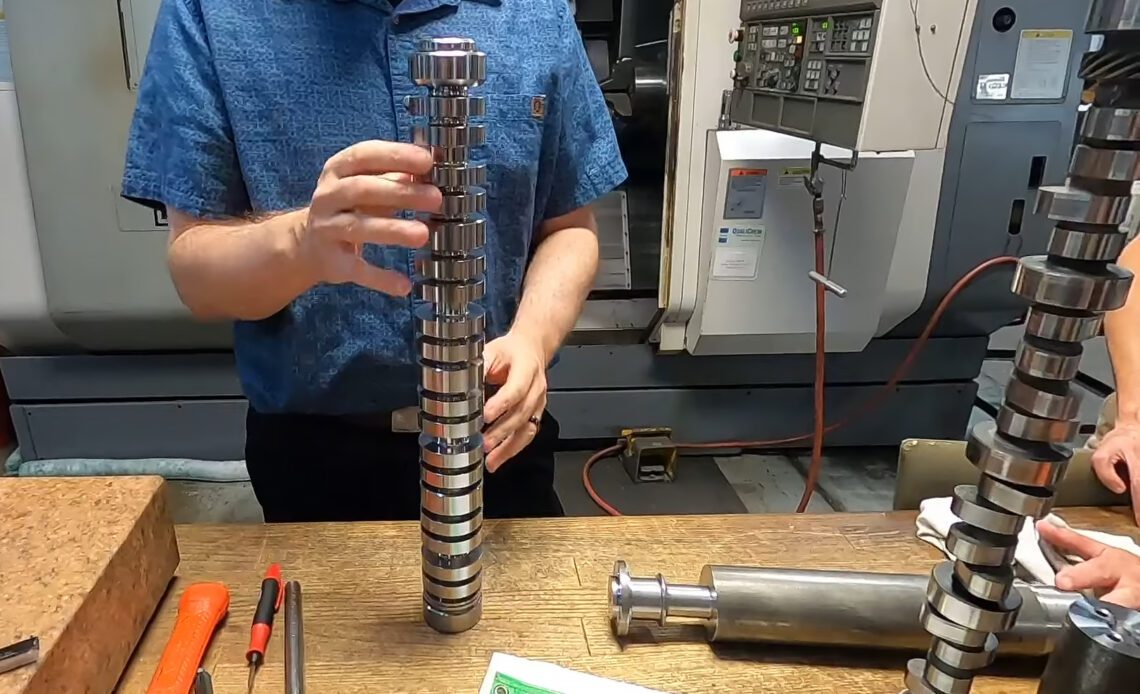It’s absolutely no secret that we are HUGE fans of the Science Channel’s TV show, “How It’s Made.” So when you take that premise, add in our favorite nuclear-physicist-turned-camshaft-guru Billy Godbold, and have it recorded by the YouTuber Stapelton42 (who is fast becoming one of our favorites), you get a video that we are guaranteed to love.
As part of Lake Speed’s project to get his dad’s 358 cubic-inch NASCAR engine (which we covered here) back into fighting shape, COMP Cams has agreed to whip up a bumpstick for the combination that will make great power. Since Mitchell has been documenting that whole process, it only makes sense that COMP opened up their shop for a super in-depth look at both the history and current process of making camshafts.
Behind The Scenes Of Camshaft Manufacturing
Starting off with a quick overview of camshaft design, Godbold starts by saying, “People think that camshaft designers design the lobes. They don’t. They design the valve motion. Then you track it back through the components and figure out how it is you need the lifter to move to achieve that valve motion. That creates the profile that you have to grind on a bar of steel.”
“Sort of like Michelangelo carving David out of marble – he looked at the marble and cut away everything that wasn’t David. That’s how we make a cam,” Godbold explains. “We don’t add any material. We start with a bar of steel and cut away everything that isn’t a camshaft.” Godbold then proceeds to walk the camera through the process from bar stock, to a “spool” — which is a camshaft with the journals cut but completely round lobes — to cutting rough lobes to make it a camshaft blank.
Before it’s even a blank, most camshafts go through quite a few steps. As we’ve explained in previous articles, most blanks are pretty close to final cam specs when they are heat treated. On the left is the first step in the manufacturing process, where the rough shape of the cam is whittled out of bar stock. On the right is what’s known as a spool.
Then, in a rare in-depth look, Godbold walks through the incredibly interesting process of grinding cams on the Berco manual camshaft grinding machine. Then, as a contrast, we get to see the modern CNC automatic cam grinding machine, and the fact that it can make a camshaft in about 15 minutes, compared to the “eight or nine a day” that they could expect from…
Click Here to Read the Full Original Article at DragzineDragzine…

